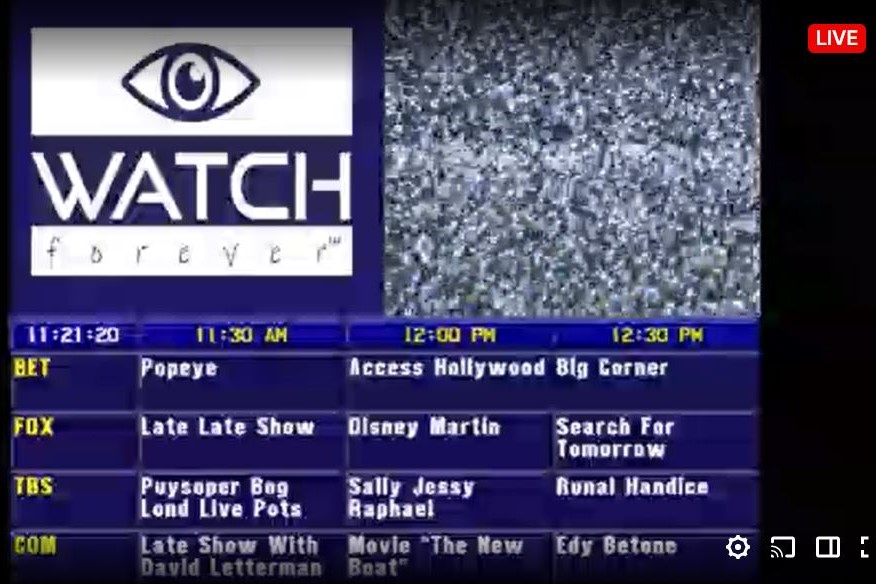The latest use of AI generation comes in the form of a “TV show” that has popped up on Twitch TV and earned tena of thousands of fans in just a few days.
The show, called Nothing, Forever, mimics the format of the 1990s sitcom Seinfeld, where a group of friends discuss the goings-on of their lives. The popular show was known as “the show about nothing,” in its heyday,” and the AI-generated web show pays homage to its name.

The main character, Larry, is a comic who does intermittent stand-up bits between scenes of the show, which takes place in his apartment. There are also shots of the outside of the computer-generated New York brownstone where he lives, which closely resembles the location of the actual sitcom.
The characters in the show are the above-mentioned Larry, as well as Fred, Yvonne, and Kackler. They are generated to resemble Jerry Seinfeld, George Costanza, Elaine Benes, and Cosmo Kramer from the inspired show, respectively.
The web show’s creator, Mismatch Media, is a media lab that uses OpenAI’s GPT-3 to develop the tongue-in-cheek scenarios of “Nothing, Forever,” in addition to Larry’s standup.
In one scene, for example, Yvonne mentions getting a new cat, which she has named Mr. Pickles. Fred says Mr. Pickles is an unusual name for a cat unless you really like pickles. Larry, then asks if she would feed the cat pickles. Yvonne replies that she would feed the cat food, but would likely give him pickle slices as an occasional treat. Fred then wonders if this would cause her to develop any usual cravings, such as pickle and mustard sandwiches. A laugh track ensues, followed by music similar to the Seinfeld beat.
According to Mismatch Media, everything seen, heard, or experienced on the show, except for the artwork – likely the branding, which resembles the Seinfeld branding – and laugh track, is uniquely computer-generated through machine learning and AI algorithms.
The show is intended to work in a consistently streaming fashion, with fresh AI content always being generated. In addition to legitimate Twitch TV ads, there are periodic breaks in the show, where the stream displays an on-screen TV guide showcasing various television programs, such as All My Children, Access Hollywood, and The Late Late Show. This could potentially be an entertaining opportunity for the creators to generate new content while still being live and on air.
Currently, all viewers can tune in to Nothing, Forever for free with or without a Twitch TV account. However, you will need an account if you wish to comment in the live chat. The web show garnered between 11,600 and 12,500 viewers throughout the day on Friday.
The media lab says it has plans to open subscriptions to its channel, however, it currently offers a Patreon for $5 per month. Fans can also join the show’s Discord.






